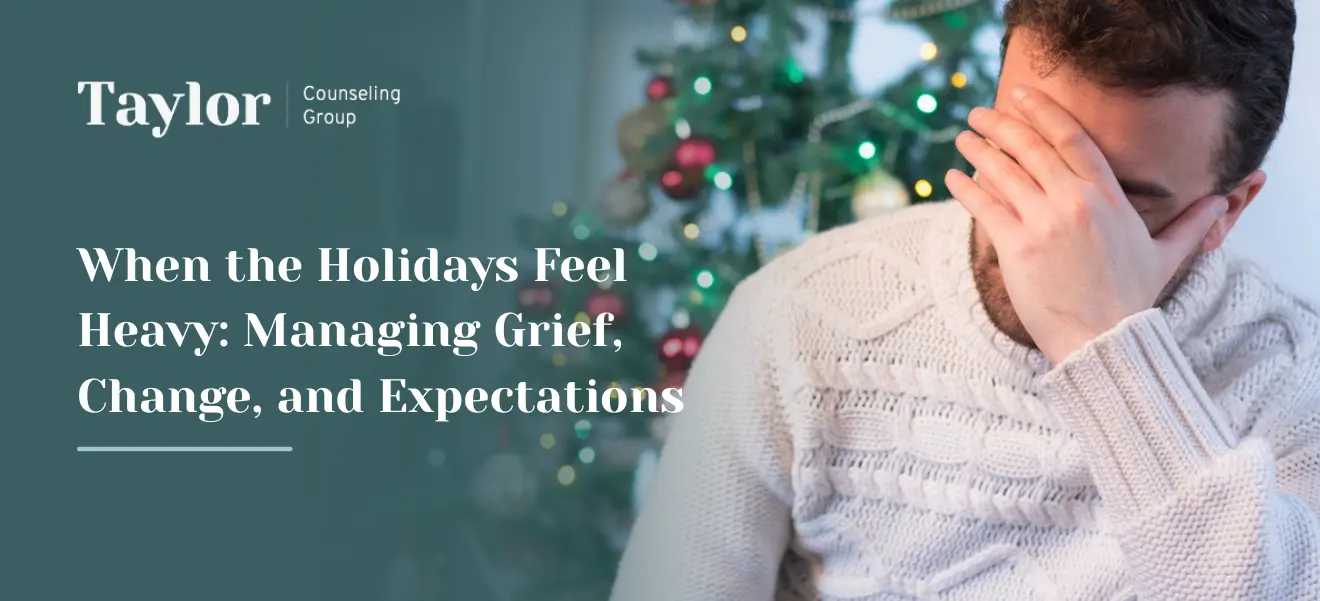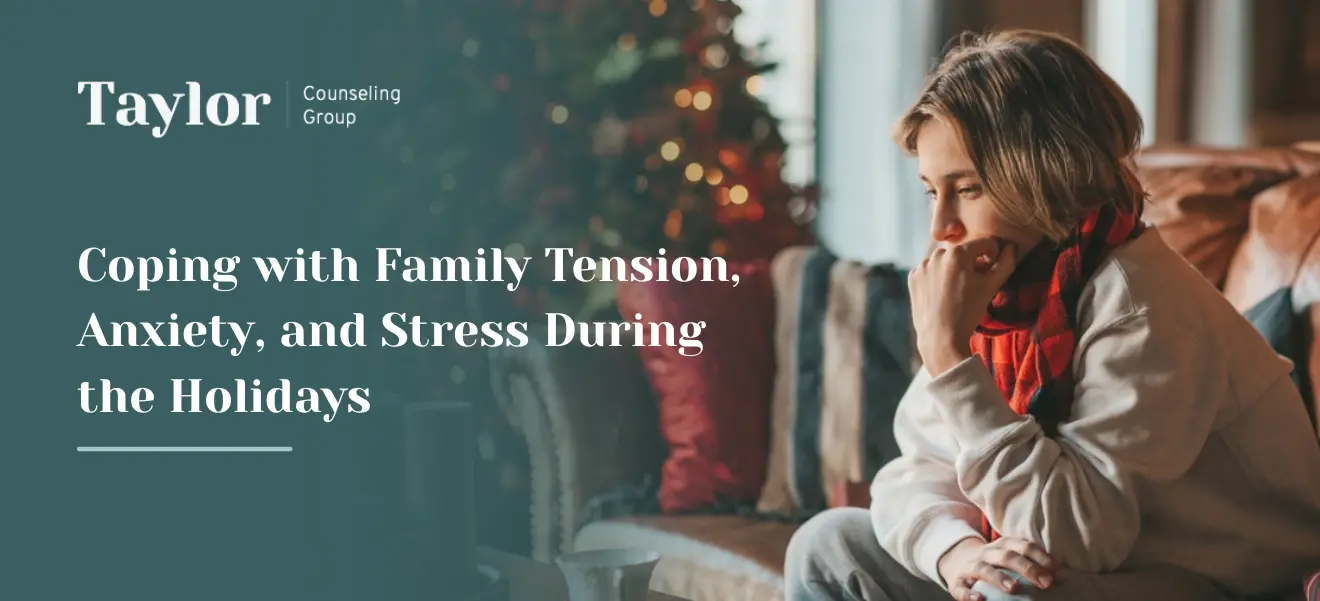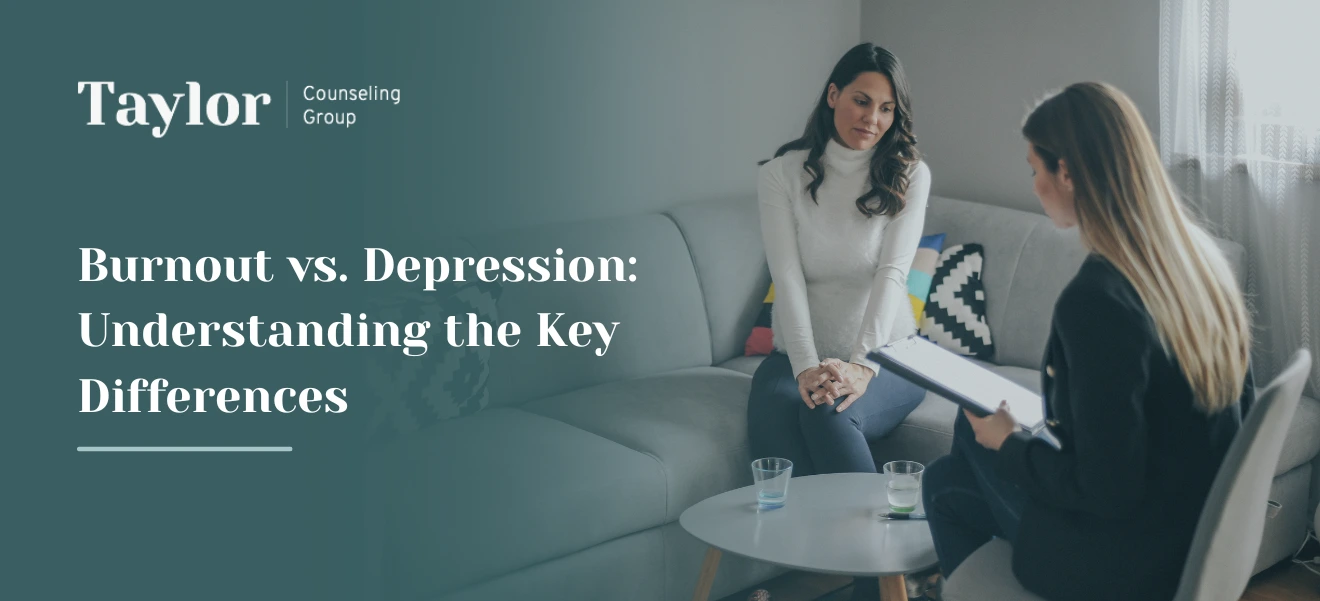Remember that time someone you trusted hurt you so badly, you swore to yourself you would never let anyone hurt you like that again? Everyone experiences betrayal or abandonment by someone they trusted at some point in their lives, and navigating the waters of relearning how to discern others’ trustworthiness can be tumultuous.
Sometimes in the aftermath of a falling out, letting new people into your life can feel dangerous, so stone by stone, up go walls of self-protection. A fortress is built around the belief that if the wall is high enough and strong enough, no one will be able to get through—no one will be able to hurt you.
Other times, in the vacancy of a once-close relationship, loneliness festers. In desperation, anyone and everyone is unquestioningly welcomed, and anything will be done to keep them from leaving, too.
In the wake of a relational upheaval, it is common for us to lean toward one of the two extremes—building walls to keep people out or opening up the flood gates to reestablish a sense of connection—but both extremes lack a healthy view of boundaries and thus have their shortcomings. For instance, insurmountable walls lend themselves to isolation and loneliness, while diffused boundaries increases exposure to unsafe and manipulative individuals who take advantage of other’s vulnerabilities. Neither of these options are helpful to establishing a healthy relational foundation.
So what do healthy boundaries look like? Boundaries are barriers established to keep out dangerous people and harmful experiences while letting in trustworthy people and positive experiences.
It’s like the backyard at my childhood home—a little outdoor wonderland, with trees, swings, a fort with a slide and sandbox, and our beloved dogs. I loved to play out there and my parents felt safe leaving me out there alone; they knew the fence would protect me. I could go swing on the swing set, pet my dog, and play in the sandbox. But it didn’t have to be a solitary place of play. In a couple sections of the fence stood a gate which we could lock and unlock at our leisure. From time to time, we invited over friends and family to enjoy a game of whiffle ball or frisbee. We were able to enjoy our little patch of space without fear of danger because our fence kept out strangers, aggressive dogs, and other unwanted guests.
Boundaries function in this same way. It is important for use to have fencing around our lives to keep us protected against unsafe people, but we must also have a gate through which we choose to let in others who have proven themselves to be genuine.






